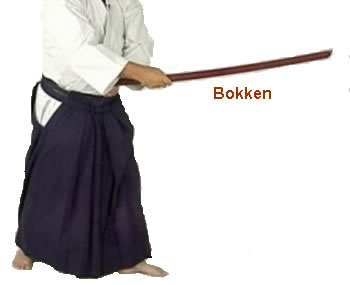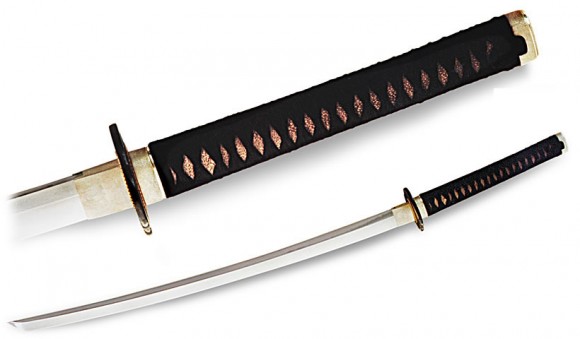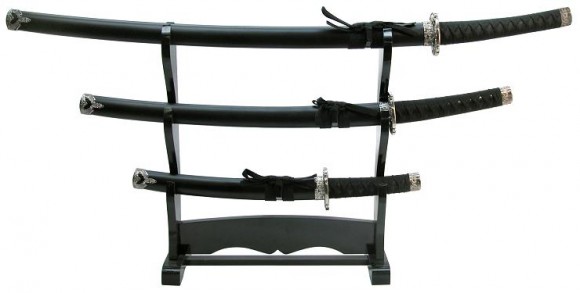Katana sword is recognized throughout the world as the most deadly of all japanese weaponry. Its curved blade and razor-sharp edge are just a few things that make katana swords unique. Although these swords gained much fame in the recent years with the release of movies such as The Last Samurai and Kill Bill, katana swords have been an iconic symbol of Japan and its history for a long time.
The first swords samurai used were actually straight bladed, single edged weapons imported from Korea and China known as chokuto, which were later replaced with the curved blade variety at the end of the 8th Century. The name of the curved blade swords which replaced them was Tachi. The reason for this transformation was the fact samurai found that a curved sword could be drawn from the scabbard more swiftly and provided a far more effective cutting angle.
The first samurai often fought with bows and arrows. The history of the katana sword stretches back centuries: it was only after the 10th century that a greater need arose for these weapons: Japanese cavalry usually carried out surprise attacks on their enemies with the sword hung from the belt with the cutting edge faced upwards. The craft of forging katana swords peaked during 1190 – 1337, especially during their battles with the Mongols. Swords from this period are considered national treasures and are extremely rare to find, and expensive to obtain.
There are three main types of samurai swords:
- Katana: The longest type of sword, over 24 inches, generally used for outdoor combat.
- Wakizashi: Around a third shorter than the Katana at between 12 and 24 inches, this was worn in indoor establishments by samurai for its obvious better manouverability indoors
- Tanto: A small knife used in much the same manner as a Wakizashi.
The point of a samurai sword is called a Kissaki. This is the hardest part of the sword to polish and forge, and only the extremely skilled swordsmiths can create it with quality, which is basically what determines the value of a sword. As part of the samurai sword making process a sword tester took the new blade and cut through the bodies of corpses or condemned criminals. They started by cutting through the small bones of the body and moved up to the large bones. Test results were often recorded on the nakago (the metal piece attaching the sword blade to the handle).
The samurai would give names to their swords as they believed that their warrior spirit lived within them, and katana swords were often regarded as souls of the Samurai. To part with one would mean dishonor. It’s interesting to note that only the samurai were allowed to wear both Katana and Wakizashi.

Bokken
For practice, the samurai used wooden swords called Bokken, for obvious reasons. They are still used today for martial arts training.


